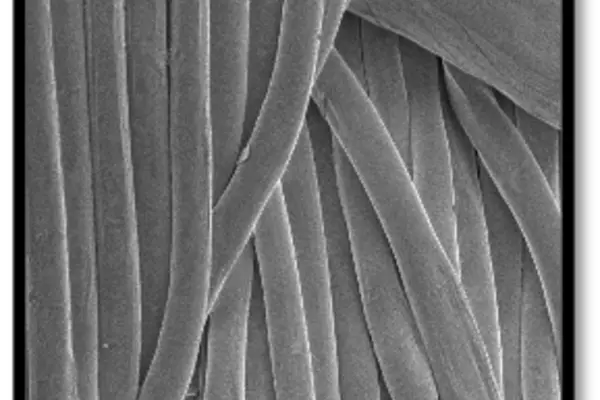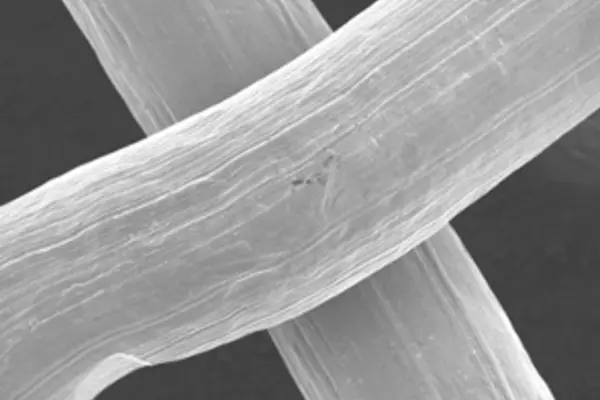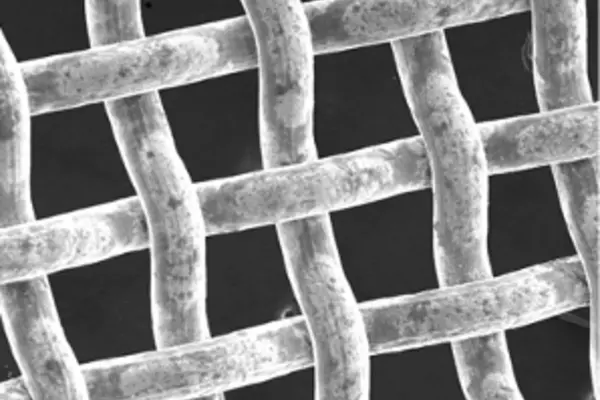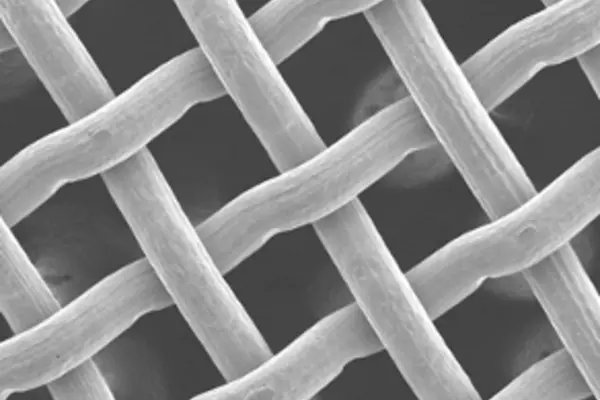Could inefficient cleaning be impacting your plant’s bottom line?
Even though your processing equipment looks clean, it might not be. Relying exclusively on traditional chemistry to remove organic soils can result in sub-optimal hygiene and reduce key operational efficiencies.
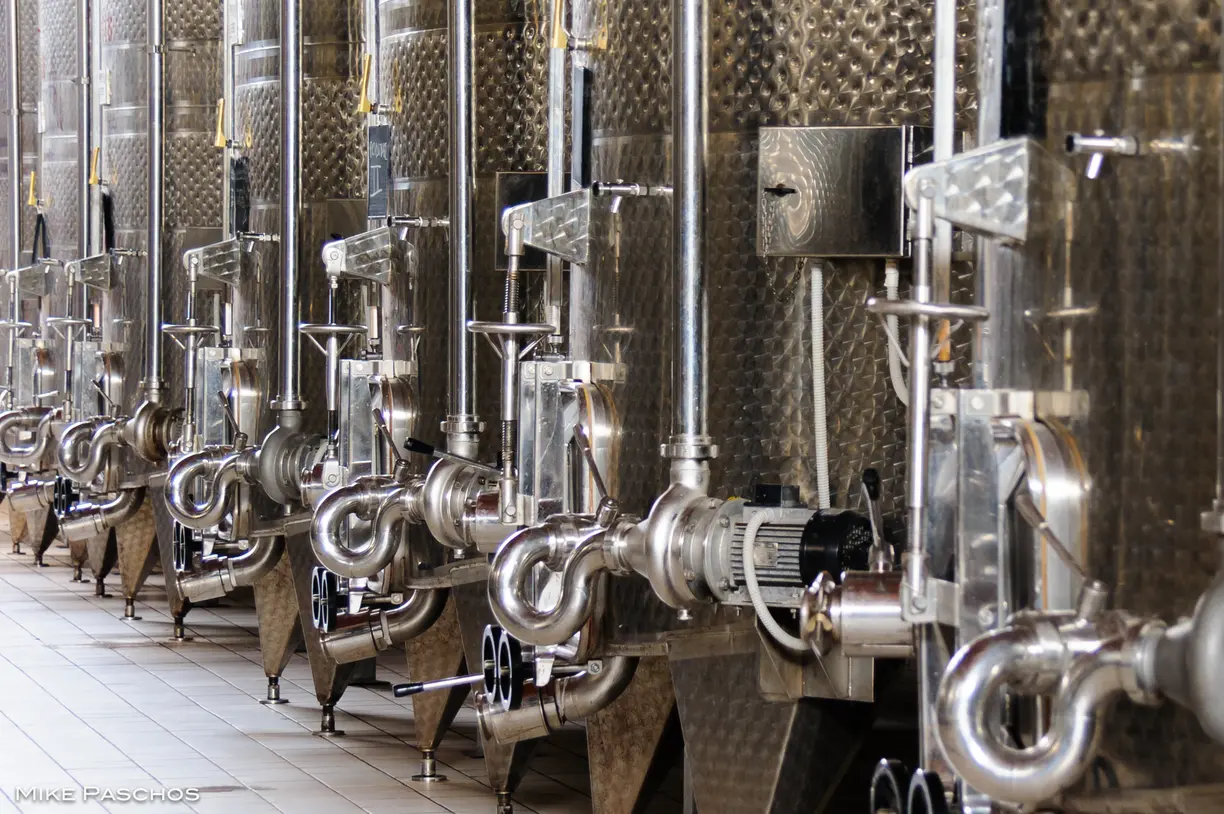
Nearly all parts of a food or beverage processing plant are prone to fouling and organic soil build-up. And if soils are not fully removed, beware!
Inefficient cleaning can affect uptime, production capacity, product quality, the effectiveness of sanitization/disinfection steps, and, ultimately, profit.
But what’s the most efficient way to support good plant hygiene?
Soil challenge areas
- Tanks
- Pipes
- Heat exchanges
- Membranes
- Externals surfaces constantly exposed to water - e.g. , conveyor belts
Traditional chemicals are inexpensive. But are they worth it?
Many processing plants rely on traditional cleaning chemistries to clean processing equipment. And they do indeed get the job done – sometimes.
But traditional chemistry may not be the most thorough when it comes to removing organic soils.
Traditional cleaning agents such as caustics and acids often struggle to fully remove residual organic matter and inorganic matter, respectively. So, while equipment may look clean, it may not be.
And when a surface isn’t truly clean, it’s easier for fresh soils to attach and accumulate on equipment during subsequent production runs.
The presence of residual soils makes it more difficult to sanitize/disinfect process equipment. Furthermore, inefficient cleaning increases the risk of unplanned downtime, reduced production efficiency and lower product quality.
Organic soils can be too complex for traditional chemicals
Traditional cleaning methods provide a generalized clean for removing simple soils, such as protein. But organic soils are usually not simple or mono-component. Rather, they typically comprise a variety of components that can vary by industry.
Take a dairy processing plant, for example. Here you’d expect to find residual soils like protein and fats in a fouled membrane. However, compositional analysis of residual soils from dairy plants demonstrates that the soils also can also include other components such as organic polymers. This added complexity makes it more difficult for traditional chemistries to fully remove the soils.
To effectively clean complex organic soils, your cleaning solution must be:
1. Specific enough to tackle problematic components within the soil matrix
2. Flexible enough to tackle the differences in soil complexities across different types of processing plants
Enzymes are ideal for organic soils – and for good business
Enzymes meet both of the above criteria whereas traditional chemistries are more general and may not fully remove complex soils. And when enzymes are combined with a good surfactant package, they enable the most efficient approach to good plant hygiene.
Enzymatic solutions can also be tailored to remove various complex organic soils, across industries. This results in improved cleaning which can increase operational efficiency and reduce downtime. In addition, subsequent sanitizing/disinfecting steps become more efficient reducing the risk of product contamination making sure quality metrics are met or exceeded the first time and potentially allowing equipment to stay cleaner longer.
How traditional chemistry compares to enzyme blends
| Traditional chemistry | Enzyme blends | |
|---|---|---|
| Cleaning & disinfection | Partial generalized clean and potentially inefficient disinfection |
True, targeted clean and efficient disinfection Can be tailord to industry-specific soil compositions |
| Equipment | May not be compatible with all materials and can reduce some equipment life | Safe for all surfaces and materials |
| Sustainability |
Energy intensive Treated prior to disposal |
Efficient at lower temperatures No treatment prior to disposal |
| Operational efficiency |
Multiple cleaning rounds to meet metrics of success Lower production rates Potential challenge in quality metrics |
Reduce downtime Maintain consistent production rates Improve quality metrics |
See how your business can benefit
If you’d like to explore the ways your business can benefit with an enzymatic cleaning solution for processing equipment, contact our experts. We’re happy to answer your questions and explore your opportunities – no strings attached of course.

